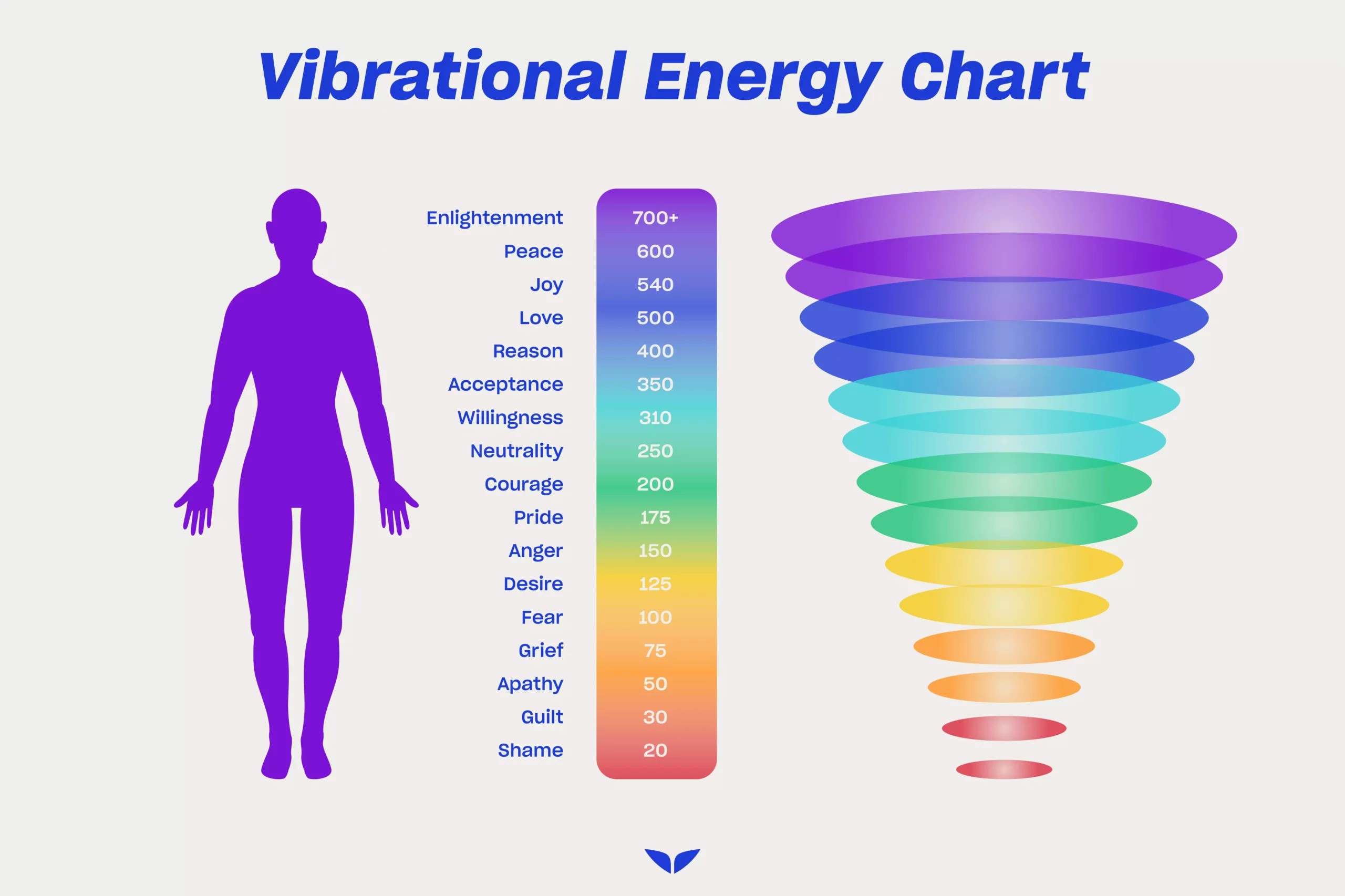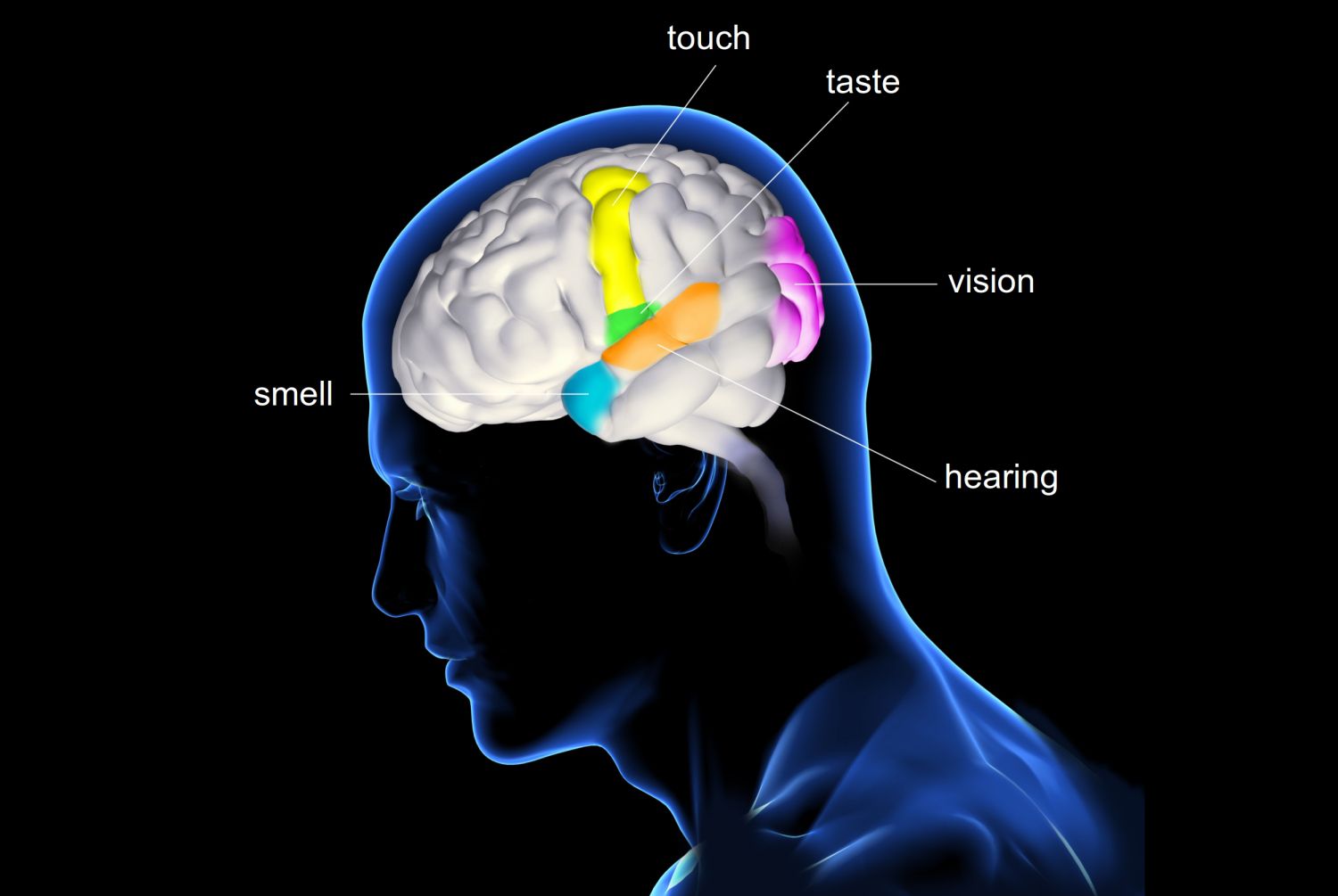How To Do Meditation For Anxiety Disorder
Mindfulness meditation can be an excellent strategy to manage stress and anxiety, and it can even be used as a panic disorder relaxation technique. This meditation practice can help you calm your mind and body by slowing down racing thoughts, reducing negativity, and calming your mind.
In recent years, the term "mindfulness" has become somewhat of a buzzword. You, a friend, or a family member may have attempted a meditation class, downloaded the app Headspace or Calm, or attended a workplace-sponsored mindfulness training. So maybe you've heard of mindfulness, which is defined as paying attention to one's thoughts and feelings in a gentle, inquiring, and present-moment manner.
Research across age groups, genders, and geographical borders has demonstrated how effective it can be. A 2015 study, for example, found that nursing students who practiced mindfulness meditation techniques experienced a significant reduction in anxiety and stress.
What Is Meditation?
Meditation is a technique for changing one's mind. Buddhist meditation practices encourage and develop concentration, clarity, emotional positivity, and a calm perception of the true nature of things. Engaging in a specific meditation practice teaches you about your mind's patterns and habits, and the practice allows you to cultivate new, more positive ways of being. These nourishing, focused states of mind can deepen into profoundly peaceful and energized states of mind with regular work and patience. Such encounters can be transformative and lead to a new perspective on life.
Meditation can be defined as a set of techniques designed to promote heightened awareness and focused attention. Meditation is another consciousness-altering technique that has been shown to have numerous psychological benefits.
Meditation can provide emotional benefits such as:
- Developing a fresh perspective on stressful situations
- Developing stress-management skills and increasing self-awareness
- Reducing negative emotions by focusing on the present
- Improving your imagination and creativity
- Increasing tolerance and patience
How To Do Meditation For Anxiety Disorder

Anxiety can mentally exhaust you and have real impacts on your body. But before you get anxious about being anxious, know that research has shown you can reduce your anxiety and stress with a simple meditation practice.
How to do meditation:
Find a Position That Is Relaxing
Many people sit with their legs crossed and their spines straight on the floor. You may opt to sit with your legs outstretched, sit straight in a chair, or lie down. Find a comfortable position that allows you to focus without being distracted by your body, but not so comfy that you lose track of time or fall asleep. If you become uncomfortable or experience muscle cramps, remember that you can alter your posture at any time.
Bring Your Focus to the Present Moment
Start focusing your attention inward once you're sitting comfortably in a quiet area. Begin by closing your eyes and breathing deeply.
Simply observe your breathing pattern without attempting to change it; this will assist you in bringing your attention to the present moment. Bring your attention back to your breath if you notice your mind wandering. Allow your breath to grow deeper once you've noticed its natural rhythm. This will help you relax.
Recognize Your Feelings
Meditation can initially increase feelings of anxiety or self-judgment. Is this what I'm supposed to be doing? What should I be doing right now? Rather than trying to silence that inner voice, acknowledge it and allow it to pass. This will assist you in learning to sit with unsettling thoughts without reacting. You may become less anxious and more at peace with yourself over time.
Complete your meditation.
Open your eyes when you feel your meditation is finished or you've reached your desired time. Gradually exhale and stretch your way out of your meditation. Take some time to consider your work.
Everyone has different reasons for meditating, ranging from reducing job stress, anxiety of all kinds, and physical pain to improving relationships and determining life's direction. Meditation can provide immediate relief from any stress or anxiety. Later on, meditation can be used to get to the root of anxious feelings and effect more profound changes.
Meditation and mindfulness are two concepts that are very similar. While most people associate meditation with attempting to enter a different state of consciousness, mindfulness refers to being aware of the present moment. You could think of mindfulness as a first step toward meditation in this way. Both of these techniques can help you reduce anxiety by allowing you to reduce worry and be aware without being afraid.
Conclusion
Practicing meditation daily has major benefits on your body and mind health. In a world where everything is happening very fast, we need a spot where we can reconnect with ourselves again. By practicing meditation daily we stay and listen to our own thoughts, we get to know our mind better, and also we will be aware of thoughts and emotions we didn’t know that even exists. Practicing meditation for anxiety disorder has been proved in numerous studies its benefits and how easy can be to treat this mental illness, if you practice it in a proper way.



